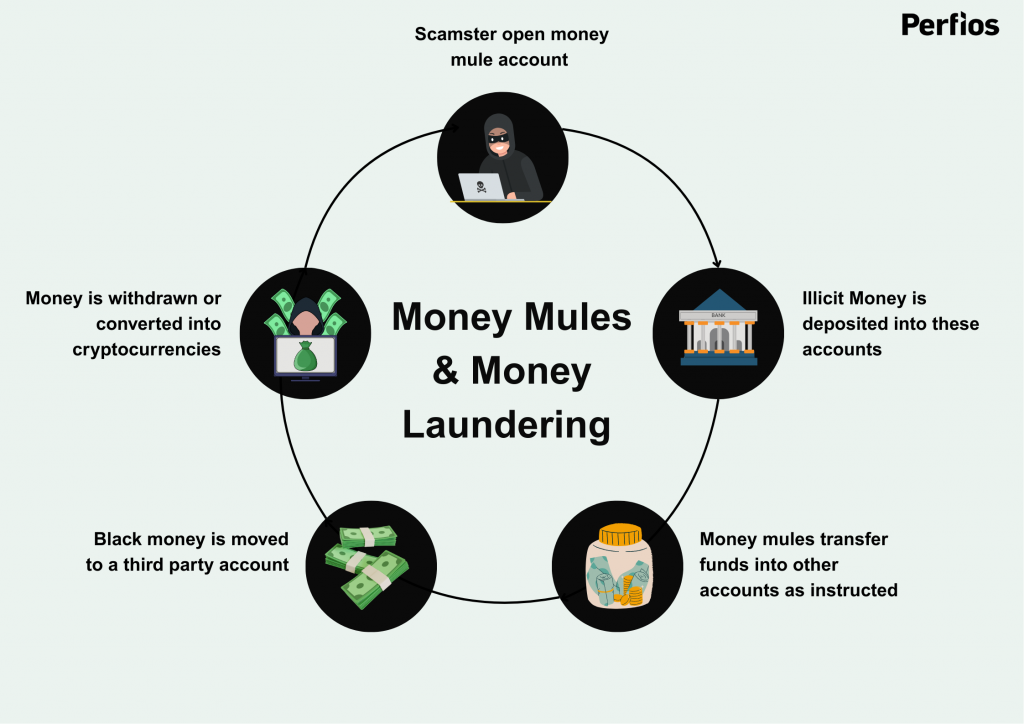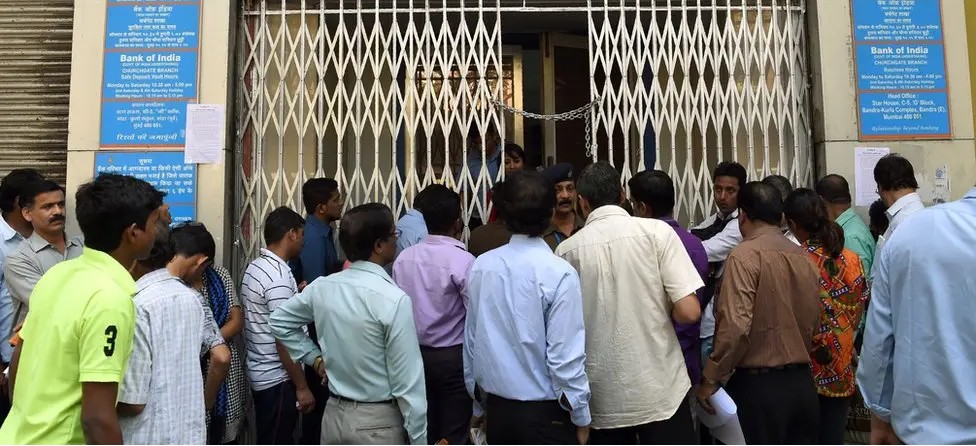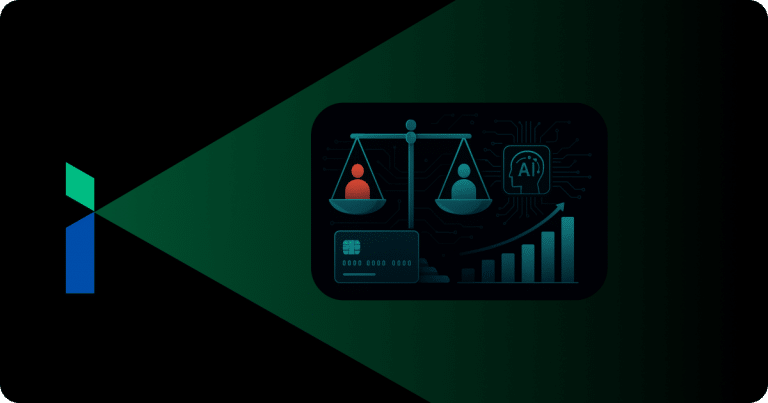Key Takeaways
- Unaccounted income, even in small amounts, fuels black money circulation, distorting markets and driving inflation.
- Mule accounts, created through account takeovers, identity theft, and synthetic identities, are the backbone of money laundering networks.
- Widespread laundering undermines middle-class stability, cripples government finances, and erodes India’s global economic credibility.
- Combating financial crime demands cutting-edge tools like real-time data analytics, behavioral monitoring, and AI-powered fraud detection.
- Perfios TrustArmour acts as a frontline defense, exposing tampered environments, unusual transaction patterns, and hidden fraud signals.
Introduction
In a narrow line tucked inside the bustling city of Delhi, was Ravi – a successful automobile business owner. Being in the business for over 15 years, meant he knew the ins and outs of the automobile sector. The immense respect he received from mechanics and garage owners was simply a testament to his immaculate skills and knowledge.

Business was good – sometimes too good. But what people did not know was that Ravi kept two sets of books.
Everday only a portion of his earnings actually made it to the bank account, the rest? Neatly tucked in a tin-box under his desk. By the year’s end, he had almost ₹1,00,000 income that remained unaccounted for.
Ravi had plans, he did not just want to save this money – he wanted to use it. Legally. Openly. That only meant one thing – he needed to find a way to whiten the money.
Ravi started sending parts of this cash to his unsuspecting friends and relatives. ₹15,000 to his cousin Ramesh, ₹30,000 to his Sister-in-law Sunita, ₹10,000 to an old friend from school. These people would send the money forward to bank accounts, as per the directions of Ravi.
With this newly formed legal money, Ravi bought a plot of land just outside Delhi, Ravi now owned an appreciating asset. The black money that once sat hidden in a metal tin-box was now parked in prime real estate property.

So let’s review, how do these scams operate?
- Stealing/unaccounting funds
- Processing these funds illegally
- Creating mule accounts
- Laundering the money
- Finally whitening the money
- Investing it into assets like real estate & gold
How are they Created?
Mule accounts are typically created using three broad methods, each leveraging different types of scamming techniques:
Hostile Takeovers (Account Takeovers)
This involves unauthorised access to an existing bank account usually through phishing attacks, SIM swapping, malware, or leaked credentials. Once the fraudster gains control, they use the account to receive and move illicit funds. Since these are legitimate accounts with established transaction patterns, detection is often delayed or sometimes even go unnoticed. UPI and mobile banking apps are common targets due to their widespread usage.
Identity Theft Using Stolen Credentials
In this method, fraudsters obtain genuine identity documents or credentials like Aadhaar numbers, PAN cards, voter IDs. These details are then used to open new bank accounts or wallets under the victim’s name. Often, such accounts pass through e-KYC procedures easily because the underlying data is authentic.
Synthetic Identity Creation
This is a more sophisticated and long-term approach. Here, fraudsters create entirely new identities by blending real and fake information, let’s say for example, a valid PAN number linked to a fake name and address. These synthetic identities are then used to open accounts with small NBFCs, digital banks, or fintech platforms that have comparatively lighter onboarding processes. Over time, these accounts build transaction history and are later exploited to launder funds or serve as mule accounts.
Ravi may have felt like he beat the system, easy money, no questions asked and a solid investment.You may be wondering, what could possibly ₹1,00,000 of unreported income harm anyone, right? Here’s where it gets interesting – it’s ripple effect.
When thousands of people like Ravi push unaccounted money into the formal economy, it stimulates artificial demand. Prices rise – not because of actual demand, but because of easy, untaxed money chasing limited supply of goods.
Middle class families suddenly find their spending power slipping out of their reach, business owners hike their prices to meet the sudden increased demand. Distortion in pricing, unstable market conditions and unregulated investment behaviour are just some of the few chain reactions that occur.
Meanwhile, the government, starved of revenue and unable to fund adequate infrastructure and healthcare, is forced to borrow more or print more – scaling inflation even higher.
The Economic Impact
According to the RBI, these scams are estimated to cost the economy up to 0.7% of GDP, stunting economic growth and stability. Similarly, several reports from RBI and FinCEN indicate that there has been a 400% increase in flagged mule accounts in India between 2019 and 2024. Banks now make a concerted effort to detect and shut down thousands of flagged accounts suspected to be mules, as a part of their anti-money laundering (AML).
“Banks must step up their efforts against ‘mule accounts’ and also intensify customer awareness and education initiatives, among other measures, to curb digital frauds.”
-Shaktikanta Das (RBI Governer)
In 2022 alone, Indian banks flagged 20,000 bank accounts depicting suspicious activity linked to money laundering. Most of these account holders were students, small scale gig workers, and low income individuals – people who were not even aware they had been coaxed into a vicious cycle of crimes.
While the immediate effects of black money circulation are felt on a domestic level — the global ramifications are equally significant. When illicit funds are funneled into international financial systems, they erode the credibility of our country’s economic integrity
Countries with high levels of unaccounted transactions and poor anti-money laundering (AML) controls may face
- Reduced Foreign Direct Investment (FDI): Investors tend to be wary of economies where financial transparency is low and regulatory frameworks are seen as weak or easily compromised.
- International Sanctions & Watchlists: Organizations like the Financial Action Task Force (FATF) monitor global compliance. Nations with significant laundering activity risk being grey-listed, in turn impacting their global trade, borrowing capacity, and diplomatic standing.
- Currency Devaluation Pressures: As inflation rises due to unchecked capital inflows, central banks may be forced into aggressive monetary tightening — hurting the exports and further slowing economic growth.

How does Perfios come into the picture?
As the scale of digital banking expands over new horizons, and fraudsters become more sophisticated in their ways, the fight against mule accounts and money laundering is no longer just manual – it’s driven by data, patterns, and precision.
About Perfios
Perfios is a leading fintech data analytics company that empowers financial institutions with AI-driven insights, enabling smarter decisions across the credit lifecycle.
From onboarding to underwriting to fraud detection, Perfios leverages cutting-edge technology to interpret digital financial data in real time — detecting anomalies, flagging suspicious behavior, and safeguarding the integrity of financial systems.
How do we battle it?
It stands crucial to understand that most scammers usually operate with often a single device from a stationary location, having access to a network for conducting these said transactions with the intent of laundering the money and injecting it into the system in a legal way. Despite their best efforts to trail the money through different accounts, and remain untraceable, there’s always a way.
Tampered Environment? Flagged.
In this layer, we focus on the integrity of the user’s setup. Subtle signs of device compromise, application tampering, manipulated location data, or anonymized network access can indicate a high-risk environment. Even minor irregularities in how a user connects to the system may point to underlying fraud tactics, and we respond accordingly.
Picture this: You’re trying to log in to your account, attempting to make a quick transfer to your cousin. But something is off. Your device has been rooted or altered in some way, even if nothing meets the eye – it’s almost as if the device tried to hide its true identity, but the system catches onto it.
Abnormal Patterns? Flagged.
Velocity often reveals what surface signals can’t. Here, we look for telltale signs of unusual behavior—devices acting across too many identities, geographies that spike with suspicious activity, or network sources that raise red flags. When things move too fast or feel out of sync, this layer steps in to evaluate the bigger picture.
Now imagine this, you’ve always accessed your account from your home in Mumbai, but the system just alerted you that your account login was captured from a country halfway across the world. It feels you, but it isn’t.
Behavior Out of Line? Flagged.
Over time, every user builds a digital rhythm—preferred devices, consistent locations, typical access patterns. This layer quietly learns those norms and watches for subtle deviations that might signal account compromise or fraudulent control. When behavior strays from the expected, we take notice.
Now let’s think about your usual routine, you usually make small transactions. A few hundred and thousand rupees here and there. But suddenly, there’s a shift. Within a single day, multiple large scale transactions are being processed. Your rhythm is completely disrupted, and that’s when the system jumps into action.
Conclusion
Ravi’s story while seemingly small scale paints a vivid picture of a much larger issue plaguing the Indian economy, – the systematic and planned way of money laundering, and the crucial role mule accounts play in it. The consequences ripple beyond just personal gain, it hinders the economy as we know it, add to that inflation in prices, huge demand and unfair market conditions, the formal economic system is bound to take a stumble.
In a world where financial crime is evolving at lightning speed, staying ahead means being smarter, faster, and more vigilant.














